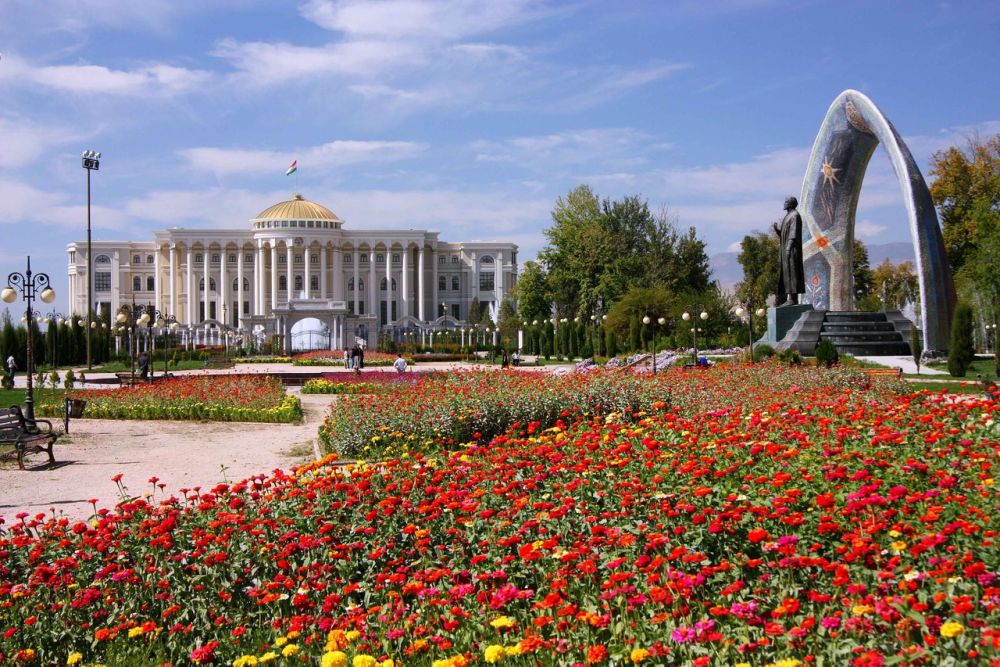

The Botanical Garden in Dushanbe represents an oasis of tranquility and natural beauty within the urban landscape. Established during the Soviet era, the garden has been a prominent site for leisure, education, and conservation. The history of tourism in Dushanbe's Botanical Garden dates back to its foundation in the 1930s, when it served as a scientific research institution as well as a public space for locals and visitors alike.
Over the decades, the garden has evolved, growing in size and diversity. Its collections of plant species, both native and exotic, have attracted researchers, horticulturists, and tourists. The garden's primary aim was to acclimatize and study plants from different parts of the world to enhance local biodiversity and provide a recreational area for the city's residents.
Spanning across approximately 70 hectares, the garden boasts a spectacular array of flora, with a mix of deciduous and evergreen trees that create a stunning landscape throughout the seasons. Visitors can explore various thematic sections, such as the Japanese garden, rose garden, and the tropical greenhouse, which houses an impressive collection of orchids and tropical plants.
One of the garden's highlights is the serene pond, where guests can relax and enjoy the view of water lilies and ducks. The garden also features picturesque walking paths, benches, and gazebos, making it ideal for leisurely strolls, family picnics, and outdoor activities.
The Botanical Garden also plays an essential role in the conservation of rare and endemic plant species from Tajikistan's diverse ecological regions. It serves as an educational platform, offering tours and workshops for students and plant enthusiasts, emphasizing the importance of ecological preservation.
Recently, the Botanical Garden has seen a surge in eco-tourism, with a growing number of tourists seeking sustainable and environmentally responsible travel experiences. To cater to this trend, the garden has implemented guided tours that focus on the unique plant life and conservation efforts. The garden's administration has also been working to improve visitor services, including the addition of signage in multiple languages, to accommodate international tourists.
Cultural events, such as concerts and art exhibits, have become increasingly popular, turning the Botanical Garden into a cultural hub as well as a natural one. These events are often organized in collaboration with local artists and musicians, further enriching the visitor experience and helping to preserve and promote Tajikistan's rich cultural heritage.
As the Botanical Garden Dushanbe continues to develop, it remains a gem in Tajikistan's capital, reflecting the country's commitment to natural beauty, cultural activities, and sustainability. It is a must-visit for any tourist seeking to experience the peaceful and picturesque side of Dushanbe.